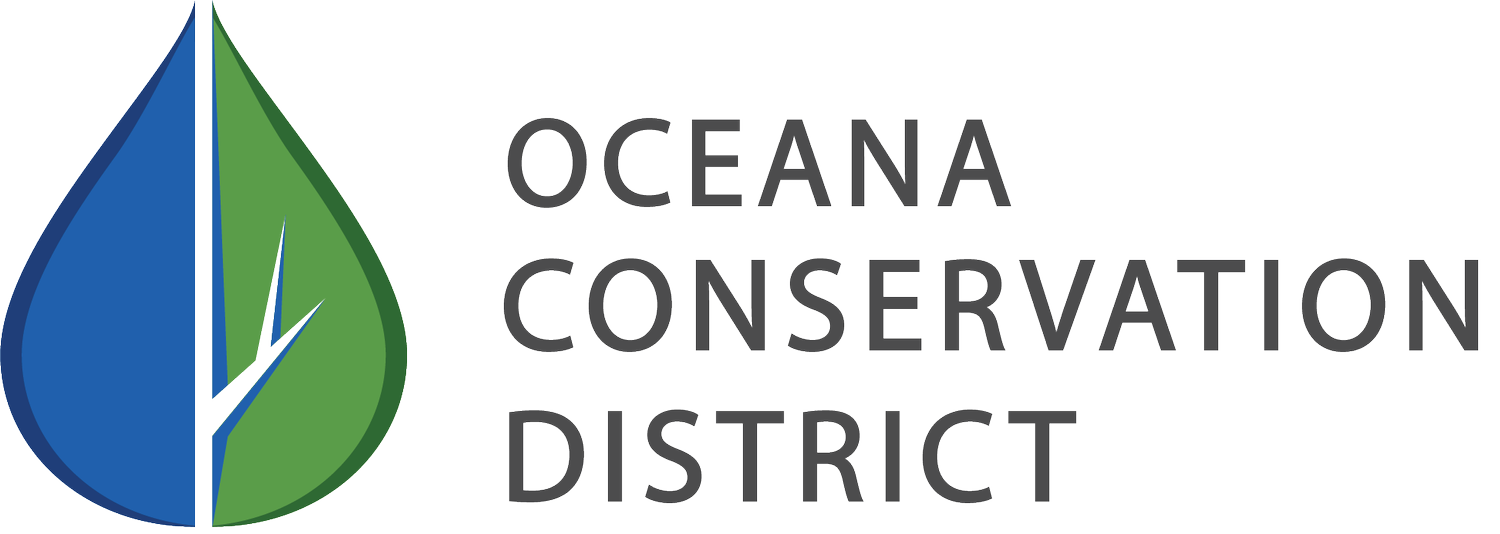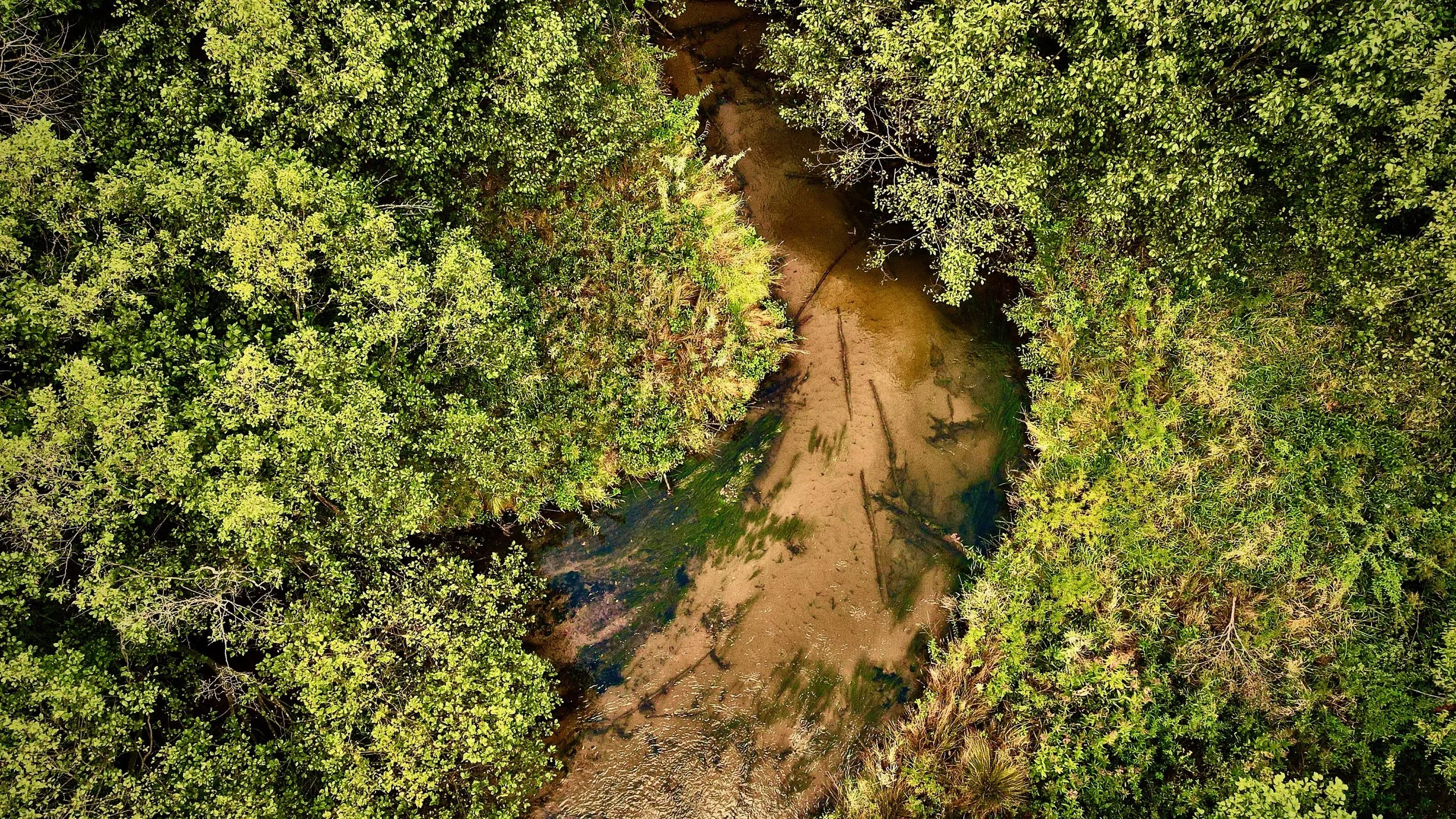Spring is here! And with it comes warmer days and greater opportunities for viewing wildlife. Mother Nature is ringing in spring, pushing up wildflowers and bulbs and breaking open forsythia blooms. The rejuvenating sunshine is warming the soil and April showers bathed the landscape promising May flowers. Migratory birds are returning and the songs of robins and bluebirds are music to our ears. In the low areas, the soil is wet enough you need to wear muck boots which make the most inappropriate sounds as you tug them from the suction of the sludge. Perhaps that is Mother Nature herself challenging you to be still, look, listen, and spare a moment to take it all in. In a thriving wetland ecosystem, life abounds and it is too easy to miss the beautiful details if we don’t slow down to “stop and smell the roses.” Not all signs of spring are as obvious as a vibrant bed of tulips; some require a closer look, a listening ear and a slower pace. Emerging from underground overwintering sites or leaf litter, the Northern spring peeper is very small and often overlooked, yet remains a traditional harbinger of the sounds of spring.
When night falls, creatures like the spring peeper begin audibly signalling the changing of the season. This small chorus frog is one of the first amphibians to emerge in spring, often when the nighttime temperatures reach 50 degrees. Take a close listen near any wetland area and chances are you’ll hear them. Individual peepers sound like a chicken peeping or chirping. When en masse, the peepers can be almost deafening, sounding like distant sleigh bells. On a rainy, warm evening, pull on your wet boots and a raincoat to enter the amphibian world and you may be lucky enough to be awarded a quick glimpse of this tiny frog.
The Northern spring peeper (Pseudacris crucifer) receives its scientific name “crucifer” meaning “cross-bearer” due to the cross shape or X marking on its back. This is also the easiest way to identify them. The spring peeper is a small chorus frog typically the size of your thumb and weighing less than a nickel at maturity. Their coloring can range from brown to gray or olive and may be yellow or reddish. This coloring allows them to blend in with tree bark and dead leaves. The frog has large toe pads to aid in climbing, although the frog is more often found in the leaves and debris on the forest floor than high up in the tree canopy.
Spring peepers are usually found in wet, regenerating forest lands, flooded roadside ditches and in the wet grass of swales surrounding lakes and bogs. Areas with permanent or temporary water nearby are required for their breeding habitat. A study from 1951 in Washtenaw County found spring peepers to be the most abundant animal in the months of March, April, and May. Today, they can still be found in very high numbers in areas with suitable habitat. Though easy to see and hear in the spring, spotting these frogs becomes much more difficult in the summer months as their breeding cycle ends and growing vegetation offers shelter and privacy. Adequate shelter is crucial to the survival of spring peepers for providing protection from dangerous predators.
The diet of spring peepers is based on availability more than preference and consists mainly of arachnids, ants and beetles. Slow, crawling animals are preyed upon more often than active flying insects. A study from 1963 found Northern spring peepers perched on the upper branches of goldenrod, joe-pye weed, and elderberries eating insects attracted to the flowers. The frogs were feeding on small arthropods, spiders and mites based on the observed gut contents of 25 spring peepers.
In wetland areas, frogs are valued for more than their delightful sounds. Considered an “indicator species”, the presence of frogs is an indicator of good ecological health. Organisms like frogs are very sensitive to pollution and will vacate an area or die off once a threshold of pollutants is reached. Water bugs are another example of an indicator species. Frogs and toads are also valuable for insect control. Every day they can consume double or triple their body weight in pests such as sowbugs, ants, ticks, earwigs and slugs.
Take a night walk around wet areas on your property, shine a flashlight under bushes and along the water line and look for glowing eyes. With a total of 13 frogs and toads to be found in Michigan, it’s not too difficult to identify the species. Similar to birding, many enthusiasts develop a skill for identifying frogs by listening for their calls, often with a group of like-minded naturalists. Many audio recordings of frog calls are available online or from your local library to study and memorize. Take it a step further by acting as a “citizen scientist” and report your frogs and other amphibians on the Michigan Herp Atlas at www.miherpatlas.org . You can also see the compiled results of over 2,000 members across Michigan active in reporting amphibians and reptiles.
May is American Wetlands Month—encouraging us to explore, learn, and appreciate our many beautiful wetlands. Preserving and restoring fragile wetland environments secures the habitat needed for these sensitive amphibians. Pollution is a serious threat to wetland ecosystems, easily running off fields, roads, and lawns into drainage ditches and creeks leading to wetlands and swamps. Many sensitive inhabitants of these regions, like the spring peeper, absorb water through their skin. Water pollutants can therefore carry critical repercussions for the health of the ecosystem. So, as we explore these wetland utopias and marvel over the myriad lifeforms and eco-relationships, keep in mind the delicate balance in place and our role and responsibility in protecting them.











